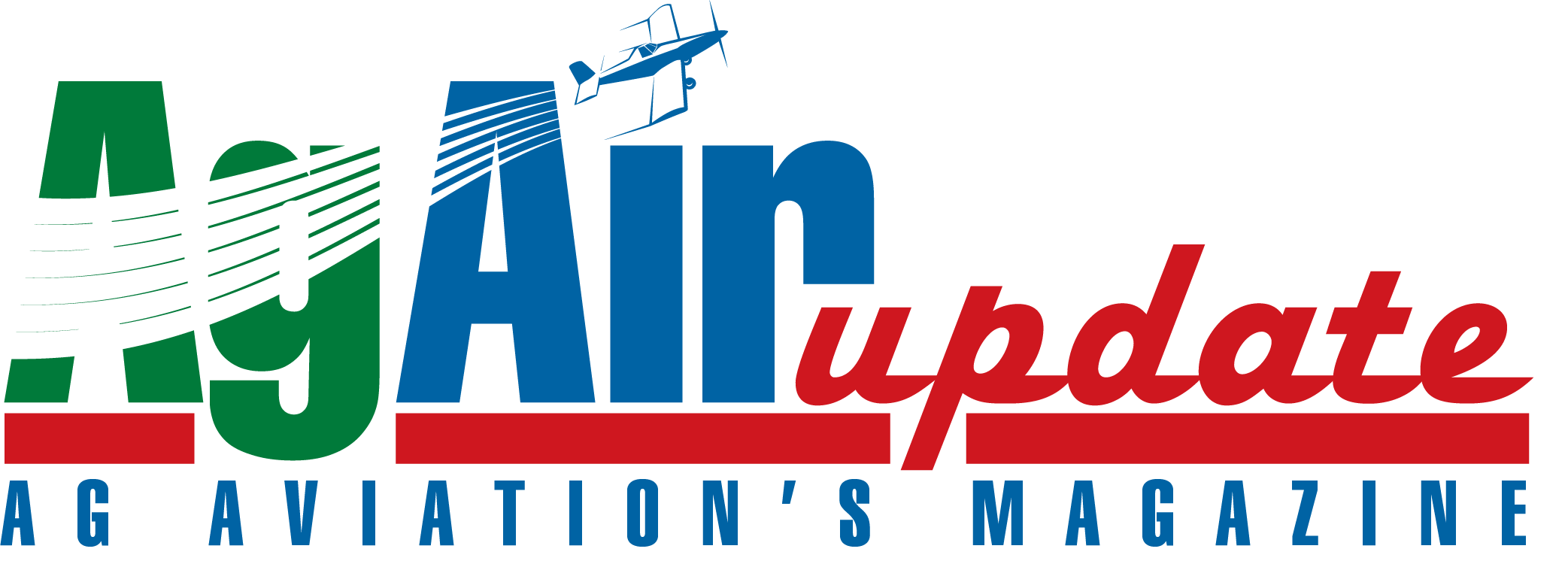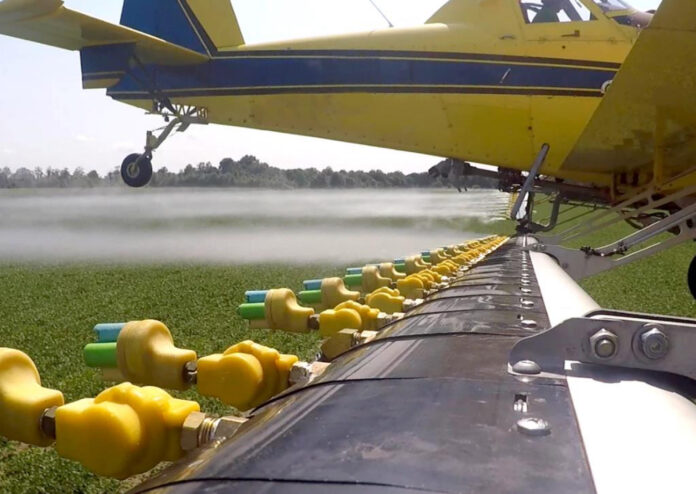Agriculture aviation began in the 1920s and remains a vital part of high-yield agriculture today. At the industry’s start, aerial application was commonly referred to as “crop dusting” because insecticides and other products were delivered as dry chemicals. Today, aerial applicators use products in liquid, granular, or seed form to control pests, provide nutrients, and even plant fields. At present, aerial application accounts for up to one-fourth of the application of crop protection products in the U.S.
As with most conventional farming practices, aerial application has many misconceptions. One of the most common concerns is potential environmental harm. It has been speculated that delivering chemicals via aircraft cannot ensure the proper distribution to a given area and prevent unwanted carryover. However, modern technology and diligent professionals allow aerial applicators to operate with extremely minimal risk to public safety. To shed further light on this topic, I spoke with Mark Kimmel, 2021 President of the National Agricultural Aviation Association. According to him, agricultural aviation has come a long way since the early/mid-1950s. “Technology is what has changed our industry so much,” he said, adding that today’s ag aviation professionals are “good stewards of agriculture.”
Since the late 80’s/early ’90s, applicators have used GPS devices to guarantee the appropriate amount of product is applied uniformly. Careful consideration is also given to many factors such as nozzle size/design, spray formulation, application height, and spray pressure, helping applicators minimize off-target drift and keep the product where it’s supposed to be. To further aid with this initiative, Kimmel says planes are outfitted with onboard wind-detection devices that allow aerial applicators to monitor wind direction and strength in real-time. Additionally, pilots often release a small amount of smoke to see exactly where the wind is moving before releasing chemicals. According to Kimmel, variable rate technology has also allowed ag pilots to apply fertilizer with absolute precision and prevent over-application, which saves costs.
Ag pilots take on an immense amount of personal responsibility for the fields they treat and the integrity of surrounding areas. Kimmel explains that all activity is typically tracked by technology in the airplane, providing evidence of exactly where a pilot traveled, what was released, etc. Continual advancements in research, technology, and training allow them to be highly diligent about controlling chemical drift and abiding by EPA regulation.
Many people don’t know that in addition to being safe and efficient, aerial application also provides several benefits to the environment that other methods of delivering crop protectants do not. Different ways of applying chemicals require some type of wheel to move through the field, whether a ground rig (tractor and sprayer) or a pivot irrigation system. This inevitably leads to some degree of soil compaction. Avoiding soil compaction is crucial as it increases the risk for soil erosion and inhibits optimal crop production. Less air space between soil particles reduces the rate at which water can infiltrate the soil, ultimately leading to excessive water use and an increased risk for water runoff. Root growth and function are likewise negatively affected, increasing the potential for crop diseases to take hold. Soil compaction also makes it harder for crops to emerge due to soil crusting. All of these factors lead to crop stress and ultimately decreased yields. Less yield means more land is necessary to generate the same amount of crop. Thus, the ability for aerial application to effectively deliver insecticides, fertilizers, fungicides, and other products without causing any soil compaction provides a significant advantage to farmers and the environment alike.
Another significant benefit aerial application provides to the environment is its unique ability to assist farmers with planting cover crops. Planting cover crops is one of the most promising conservation practices farmers can use to promote soil quality and biodiversity in their fields. The seeds for these low maintenance crops, such as grasses, legumes, and small grains, are often sown aerially preharvest to improve the soil health, water quality and promote an ideal growing environment. Cover crops grow quickly and keep the soil in place, helping control erosion from factors such as wind and rain. Less erosion means less runoff, which helps keep sediment and other contaminants out of waterways. Cover crops also decompose eventually, adding organic matter to the soil for nutrients and reducing the need for fertilizer application. Lastly, cover crops significantly increase the biodiversity of a field by fostering an environment for natural pest deterrents and pollinators to flourish, in addition to preventing soil-borne pathogens and providing competition to weeds.
And what role does aerial application play in the use of cover crops? Seeding cover crops aerially is a superior method of planting because of its speed and precise timing. They have more time to grow and provide the benefits discussed above when applied aerially. Additionally, the ideal time to plant many cover crops is before the main cash crop has been harvested. This means a ground rig would not deliver the cover crop seed at the optimal time without damaging the standing crop. Aerial application of seed also allows planting when fields are too wet to run a tractor and drill, further adding to the precise timing aerial application offers.
It’s easy to be skeptical when you see a low, fast-flying aircraft dispensing an unknown spray over a field. But it’s important to know the facts before arriving at conclusions that aren’t supported by evidence. The fact here is that the ag aviation industry is extremely conscious of environmental protection and public safety. They are also a critical part of high yield agriculture needed to feed a growing population with less land available every year. So rest assured, those aerial applicators you see buzzing across fields around this country know what they’re doing and care immensely about the environment and your health.
SOURCES:
1) Frequently Asked Questions – R & M Spraying | R & M Spraying (rmspraying.com)
2) National Agricultural Aviation Association (agaviation.org )
3) The Future of Agricultural Aviation is Up in the Air – Farm Flavor
4) IEEE Paper Template in A4 (V1) (usda.gov)
5) 510-1.pdf (gov.ab.ca)





